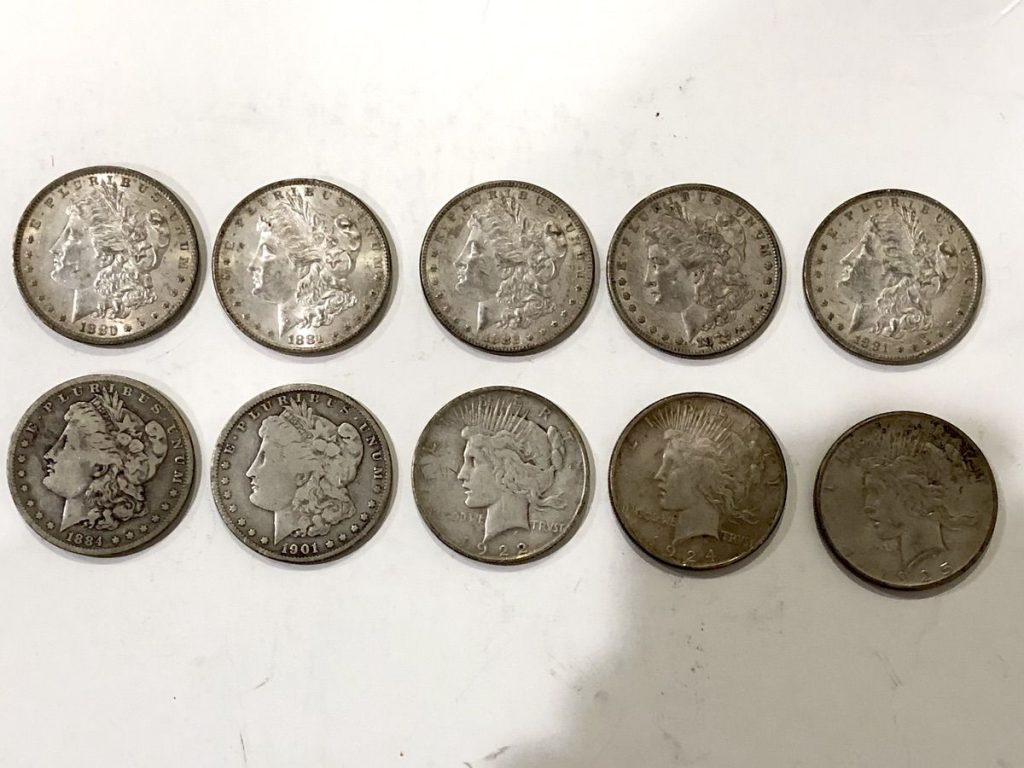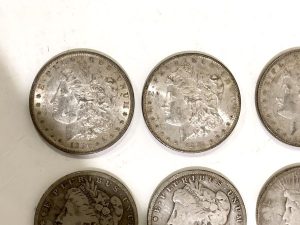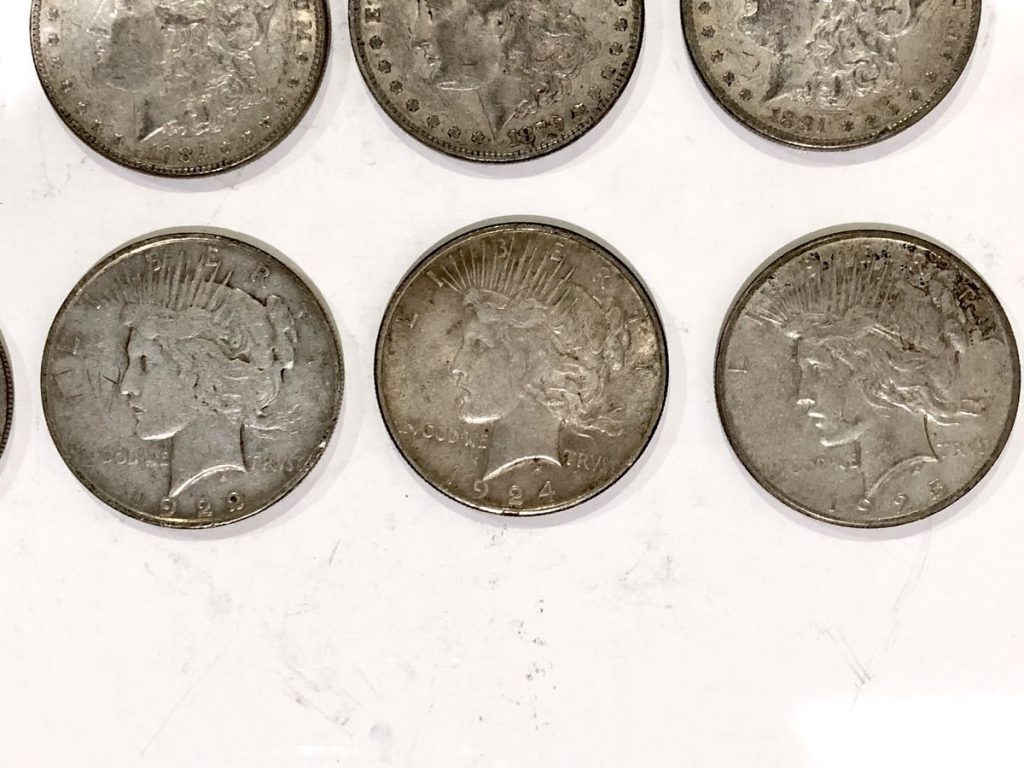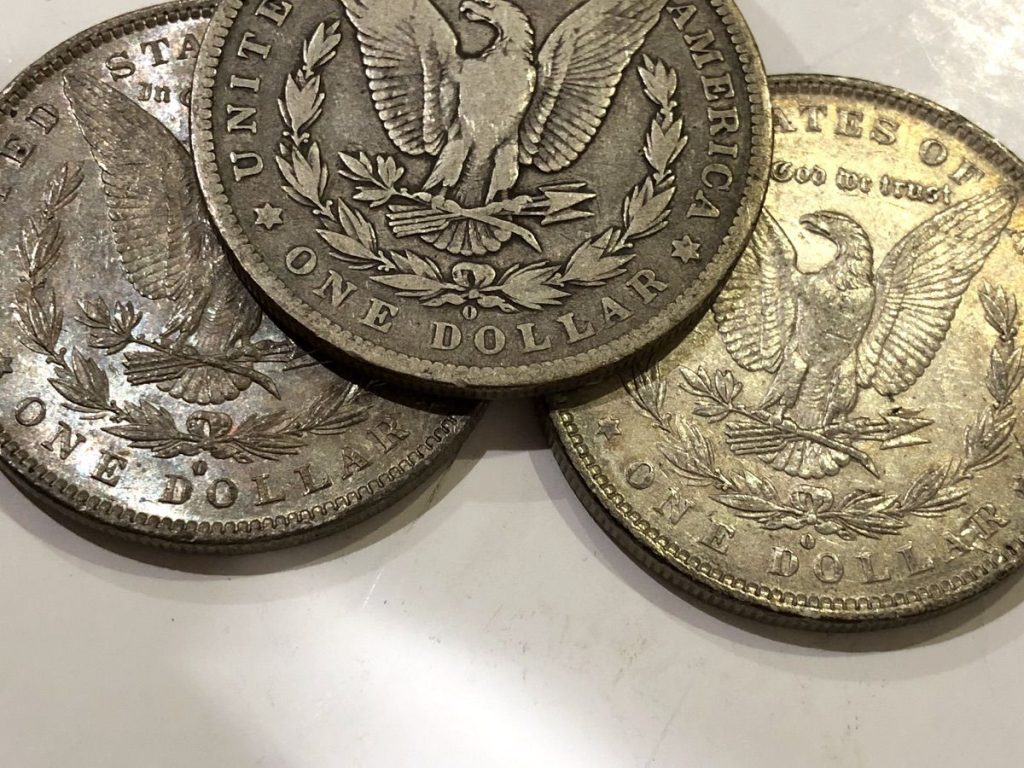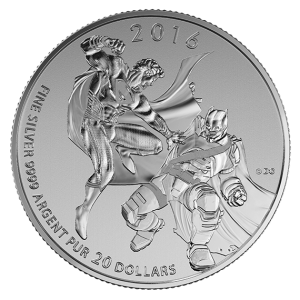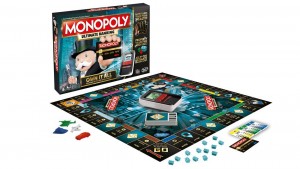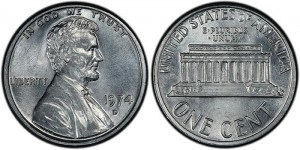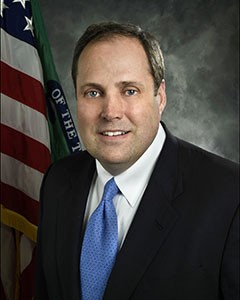What would you buy for 5 Shekels
When my father’s firstborn son appeared in 1960, he planned two ceremonies. The first occurred eight days after the birth. Formally called the brit milah or bris in Yiddish, the male child undergoes a ritual circumcision. The second comes 30 days after the birth, called the pidyon haben, or “redemption of the firstborn son.”
For this ceremony, the kohen, the priestly descendent of Aaron, takes the child, and the parents must pay 5 Shekels to redeem their son. The ceremony is to recognize that the firstborn of Egypt were slain before the exodus.
A modern interpretation of the 5 shekels is the use of five silver dollar coins. In other countries, they used five silver coins representing the unit of currency for their country. Since most countries have converted to using base-metal currency, the Bank of Israel issues silver Pidyon Haben coins for Jewish people to use.
Following my father’s passing from COVID-19, we cleaned out his house and found a separate box from the rest of his coin collection. Opening the box, I found ten coins wrapped in tissue. There were seven Morgan Dollars and three Peace Dollars. Under the coins was a paper in my late mother’s handwriting with the English and Hebrew names if their first child was a boy or a girl.
The box contained other hints making it clear that these were the coins used for my pidyon haben. There was also a note that said “Uncle Henry.”
Uncle Henry was married to my grandmother’s sister, Ruthie. He was a kohen, a descendent of Aaron’s tribe. Uncle Henry cradled me in his arms for the ceremony and held me for the five shekel ransom. After my father allegedly said, “you can keep him,” my father paid the five shekels (Morgan Dollars) and redeemed me.Uncle Henry and Aunt Ruthie passed in 1999. Sometimes, Aunt Ruthie would joke that Uncle Henry should have kept me.
I do not know which of the five coins were used for my pidyon haben, but I am sure he did not use the Peace Dollars. He would have used five matching coins. However, the ten silver dollar coins will remain as a set as part of my collection.
- The Peace Dollar that were not likely used for the ceremony
- Three of the dollars were struck in New Orleans
Video for all collecting kids
 Since the beginning of the year, the U.S. Mint has been issuing a lot of video content primarily videos regarding the launch of America the Beautiful Quarters coins and B-Roll video. This past week, the U.S. Mint issued a new “How Coins Are Made… For Kids!” video as part of their H.I.P. (History In your Pocket) Pocket Change educational program.
Since the beginning of the year, the U.S. Mint has been issuing a lot of video content primarily videos regarding the launch of America the Beautiful Quarters coins and B-Roll video. This past week, the U.S. Mint issued a new “How Coins Are Made… For Kids!” video as part of their H.I.P. (History In your Pocket) Pocket Change educational program.
As opposed to prior videos, rather than have the entire video animated, it uses a combination of animation and the B-Roll video the U.S. Mint published last month. It is done in a way that tells a very coherent story without being cheesy. Everyone will enjoy this video, even if they are just a kid at heart.
If you have an interest in good videos that have been issued by the U.S. Mint you should subscribe to their YouTube Channel. Some of the recent videos that I recommend include an interview with Cassie McFarland, design contest winner for the 2014 National Baseball Hall of Fame Commemorative Coin; B-Roll showing the sculptor-engravers at the Philadelphia Mint; Episode 1 of their “My Favorite” where they interview San Francisco employees about their favorite coins; and “Maryland Quarter in Space” interview with William Krawczewicz, designer of the Maryland State Quarter after Maryland and Florida coins traveled aboard the New Horizons spacecraft.
“B-Roll” is a television term for background video that is interspersed within a story. It received its name from the days of editing video segments on film where the primary film that contained the story with the reporter talking was on the “A” or primary roll of film. During the story, there would be other elements cut in with background and other video that was on another reel called the B-Roll. The term has survived through the video and now digital era. Modern B-Roll is now called stock footage.
Batman v Superman: Dawn on Silver
I have said that I do not like painted coins then I admit to buying painted coins.
So far, I have stayed away from strictly screen printed and lenticular printed coins but I have lauded some painted coins and added them to my collection.
If there is something that I prefer over everything else is a coin whose design is based on the engraving. For that reason, I have complemented and purchased $20 for $20 coins from the Royal Canadian Mint. Their $20 for $20 program produces .9999 pure silver coins sold with the face value of $20 (in Canadian funds). They are available directly from the RCM to Canadian and United States buyers only.
Last year, I purchased the Bugs Bunny and the Superman “Man of Steel” coins directly from the Royal Canadian Mint. My final price was $16.46 each in U.S. dollars after the exchange rate and the credit card company’s conversion fee. Sure these are gimmick coins, but I like the themes.
This year, the RCM has issued a Batman v Superman: Dawn of Justice $20 for $20 coin. With a mintage of 300,000 coins, numismatists who are also fans of the movie can add this silver coin to their collection. Based on the image, it appears that Superman is overpowering Batman.
Looking at the coin’s aesthetics, it is a good looking coin. The artists at the RCM are very capable and have come up with really nice designs. While the concept of the $20 for $20 (US$15.14 as I type this) may be somewhat of a gimmick for a coin with 7.96 grams of silver ($3.90 when silver is $15.32 per ounce), the design is engraved art struck into a silver planchet that is affordable for many collectors.
I have not had the opportunity to see the movie. I do enjoy comics and comic-related stories, but I am not a hardcore fan. I like both characters and have always been a fan of Wonder Woman now played by Gal Godot. But the coin intrigues me. I might buy the coin before seeing the movie!
Like any good movie, here is the “trailer” the Royal Canadian Mint produced for the coin:
Board games going cashless! What’s this world coming to?!
At the 2016 New York Toy Fair, Hasbro announced that it will release an “update” the famedMonopoly game creating the Monopoly Ultimate Banking Game where the cash has been eliminated for electronic bank cards. The bank is now a hand-held unit that will scan the bank cards to make transactions.
As part of the game, the bank card is used to pay rent, taxes from the cards, and buy property. The new property cards will now have bar codes for the players to scan in order to make the purchase or mortgage their property.
This version of Monopoly will still have Chance cards. Previews suggest that the Community Chest cards have been eliminated. Chance cards will now allow for market crashes, fluctuations in rent, and other “real life” scenarios faced in the modern age.
Hasbro does have an Electronic Banking edition that uses a similar hand-held device. A Hasbro representative said that the Electronic Banking edition is the traditional Monopoly game using the bank card technology. It does not have the ability to scan property cards for transactions and requires more manual input than will be allowed for the Ultimate Banking Game.
Recently, the advocates for a cashless society or one that uses a limited amount of physical currency have been on their virtual soapboxes trying to find every reason to eliminate cash. One story that appeared on the CNBC website reported about a San Francisco-area restauranteur who tried to accept only credit cards had to reverse the decision because of backlash from customers.
There are segments of our culture who do not trust banks. There are industries that work better when the transactions are made in cash. There are some of us who do not like the electronic trail non-cash transactions create. These are only some of the reason cash will continue to live on.
Hasbro said that the Monopoly Ultimate Banking Game will be released later this summer. My only question is will it support house rules like double payment for landing on Go or having the taxes paid to the Free Parking pool for the next player that lands there?
Government gets aluminum cent to keep the integrity of the hobby
In 1974, as part of the effort to find a composition that would replace the 95-percent copper planchet for the one-cent coin that was used at the time, the U.S. Mint struck 1.4 million as patterns with the intent on destroying all of the coins struck when completed.
Congress did not like the concept fearing that their silver color would confuse them with other coins. Additionally, the aluminum composition could not be detected in vending machines nor would show up on an x-ray if swallowed. The coins were melted down.
Patterns that were struck for this test were made entirely in Philadelphia.
Which brings us to the story of the 1974-D cent pattern in this story.
Harry Lawrence who retired as deputy superintendent of the Denver Mint in 1979 owned this coin. Lawrence died in 1980. Harry’s son, Randall, discovered the coin in 2013 after moving to La Jolla from Denver and selling a bag of his father’s old coins to Michael McConnell at the La Jolla Coin Shop.
McConnell had the coin graded by Professional Coin Grading Service as MS-63 and determined it to be a genuine pattern. They were going to offer the coin for auction when the government stepped in to stop the sale and demanded its return.
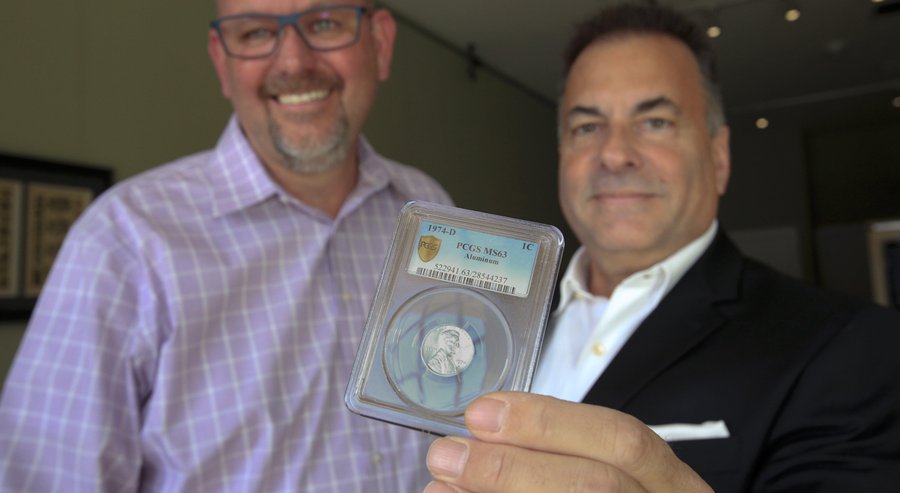
Michael McConnell (left) and Randy Lawrence (right) returned the rare 1974-D penny made from aluminum back to the U.S. Treasury Department Thursday afternoon. — Nelvin C. Cepeda
There is one caveat to this story: there is no record of Denver ever striking such a coin. According to Randy Lawrence, the coin was given to his father when he retired from the Denver mint.
When Lawrence and McConnell sued the government to end the demand order, it is reported that Alan Goldman, former interim Mint director who headed the aluminum cent project, speculated in his deposition that the coin might have been made as part of a practical joke. Goldman allegedly named a suspect whose name was not released but is reported to be deceased.
The ensuing lawsuit lasted about two years and was settled today with McConnell returning the coin to the U.S. Mint on March 17, 2016.
The precedence this ruling is more dangerous for the hobby than people think. The most important issue is that it puts into jeopardy the status of the five 1913 Liberty Head nickels. Created under allegedly similar circumstances, the U.S. Mint has no record that these coins were ever produced. Although the government has tacitly agreed not to pursue that coin, there may be a time when someone with a more parochial view might use this situation to recover alleged chattel as property of the state.
Rulings like this will likely keep any surviving 1964-D Peace dollars hidden from the public. This will partially bury the history of turmoil in the coinage markets of the early 1960s. Hiding history is never good for anyone.
- 1974-D Aluminum cent courtesy of PCGS via Coin World.
- Image of McConnell and Lawrence courtesy of The San Diego Union-Tribune
Beware of the Ides of Congress as they hear the Mint Director Nomination
Edmund C. Moy, the 38th Director of the U.S. Mint, resigned effective January 9, 2011, about nine months short of completing his five-year term.
Following Moy’s departure, Treasurer Rosie Rios became acting director and served until Richard Peterson was hired as Deputy Director on January 25, 2011. Peterson was acting director until Jeppson was hired in January 2015. Since then, Peterson and Jeppson were government employees as part of the Senior Executive Service.
Prior to Jeppson’s hiring, Bibiana Boerio was nominated in September 2012, right before the midterm election. But as congress was trying to put the fun in dysfunctional, Boerio’s nomination was not heard by the Senate. By senate rules, the nomination was returned to the president when the 112th congress adjourned for the final time on January 3, 2013.
Although there should be no problems with the nomination, one can never know what will happen with this congress. When the cameras are turned on, members of congress are prone to grandstanding for whatever cause they feel is necessary regardless of whether it is germane to Jeppson’s nomination. I will predict that the cost to strike the one-cent coin and what to do with dollar coins will come up at this hearing even though the real decision makers are the ones asking the question.
Sometimes I wonder how these people get and stay elected!
If you are interested in attending the hearing, it will be held at 10:00 on the Ides of March, Tuesday, March 15, 2016, in Room 538 in the Dirksen Senate Office BuildingDirksen Senate Office Building located on First Street NE between C Street NE and Constitution Avenue NE.
Those who attend the meeting are welcome to share their comments below!
